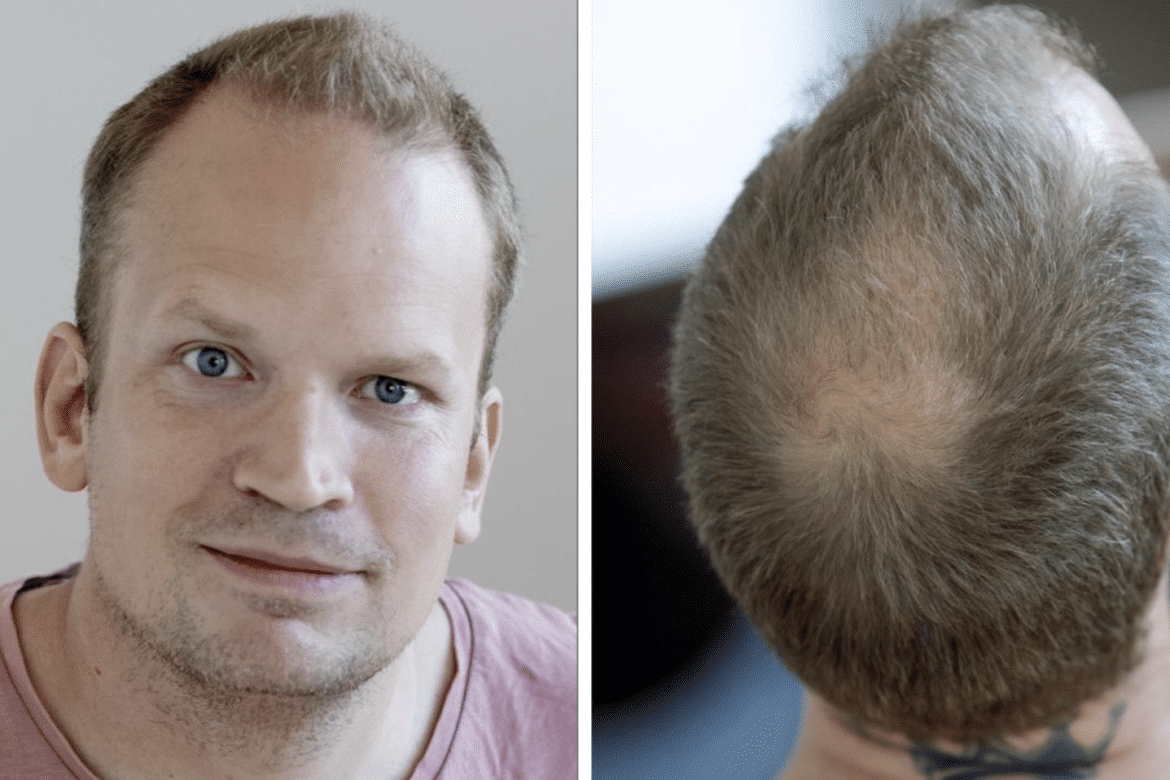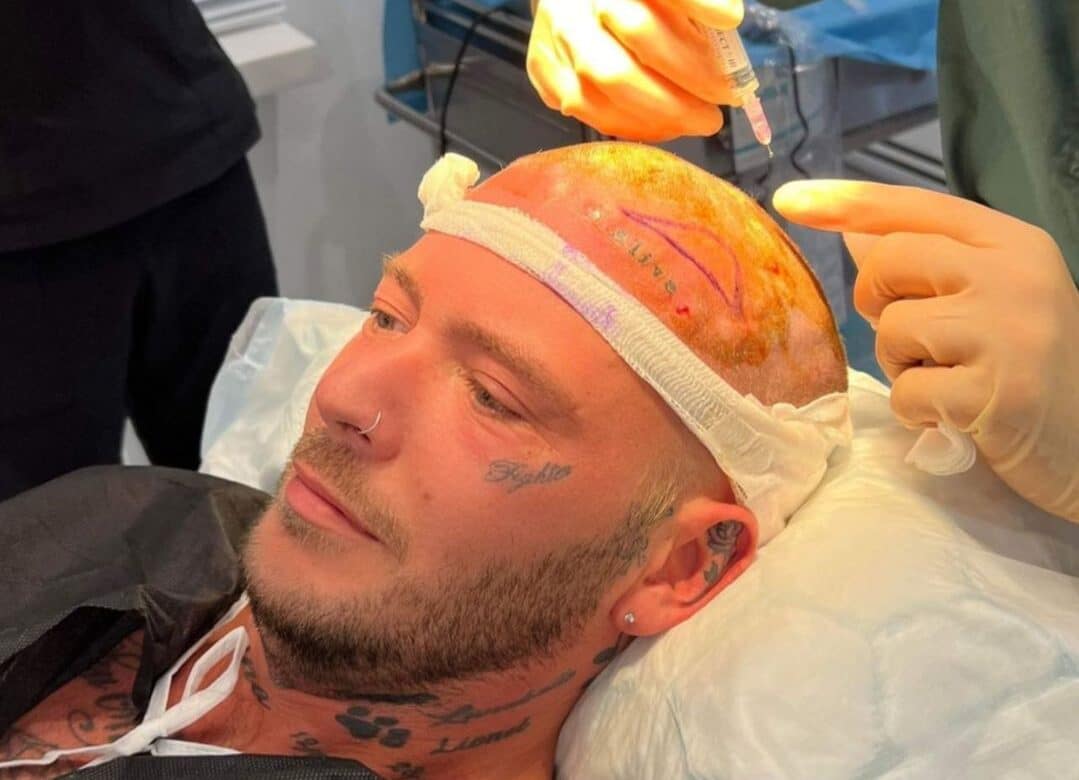Joel Svensson, 38, from Gävle, has decided to undergo a hair transplant with us to manage his hair loss. After thinking about it for years and experiencing an emotional struggle with his self-image and self-esteem, he decided to take the plunge.
"I don't want to feel bad and have anxiety every day when I look in the mirror. Because that's how it is - it makes me feel bad," says Joel in an article from Arbetarbladet.
Joel wants to break the silence around male pattern baldness and chose to be open about his operation, both to his colleagues at Partykungen, where he is CEO, and to the public. Many men find it tough to lose their hair and testify to the wide range of medical and cosmetic products designed to slow or stimulate hair growth. Joel feels that it is sensitive to talk about hair loss among his guy friends and acquaintances.
"It's obvious that it's sensitive, many people avoid talking about it. Some almost get angry when you bring it up," Joel tells Arbetarbladet.
The operation, which cost SEK 55,000, was performed at our clinic in Stockholm. During the procedure, 3,500 hair follicles were moved from the neck to areas where the hair had thinned out. The process took almost a full working day and afterwards there was a recovery period during which Joel had to sleep sitting up and avoid physical exertion to protect the newly transplanted hair follicles.
Joel describes his struggle with hair loss as a daily source of anxiety and shame, something he wants to change by talking openly about it. He hopes that his story can help others struggling with similar problems to feel less alone and reduce the stigma surrounding hair loss. Despite the physical discomfort and long recovery period, Joel feels mentally better and is happy with the decision to undergo the surgery.
här kommer du till Källan






